The influence of fibre volume fraction and temperature on fatigue life of continuous glass fibre reinforced plastics is investigated in detail. The physical causes of the two effects on the slope of the S-N-curve in fibre direction at R = 0.1 are researched and can be explained with help of micrographs. A new phenomenological approach is presented to model both effects in fibre dominated laminates with different stacking sequences using only the static ultimate strength as an input. Static and fatigue tests of different layups and fibre volume fractions are performed at different temperatures to validate the fatigue life predictions. Additionally it is derived that there is an optimal fibre volume fraction regarding a minimum damage sum. This fibre volume fraction is dependent on a given loading spectra and can be calculated using the phenomenological model.
Let (X,Θ) be a dlt pair, projective over a base scheme S, and H an R-divisor that is ample over S. As we run the (X,Θ)-MMP over S with scaling of H as in Definition 1, at the ith step there are 3 possibilities.
● (Divisorial) Xiϕi⟶Zi=Xi+1,
● (Flipping) Xiϕi⟶Ziϕ+i⟵(Xi)+=Xi+1.
● (Mixed) Xiϕi⟶Zi, whose exceptional set contains a divisor, followed by a small modification Ziψi⟵Xi+1.
Note that the mixed case can occur only if either Xi is not Q-factorial or ϕi contracts an extremal face of dimension ≥2. In most treatments this is avoided by working with Q-factorial varieties and choosing H sufficiently general.
We can almost always choose the initial X to be nonsingular, but frequently other considerations constrain the choice of H.
Our aim is to discuss a significant special case where the Xi are not Q-factorial and we do contract extremal faces of dimension ≥2, but still avoid the mixed case. This has several applications, some of which are discussed in Section 2.
1.
Relative MMP with scaling of an exceptional divisor
Definition 1 (MMP with scaling). Let X,S be Noetherian, normal schemes and g:X→S a projective morphism. Let Θ be an R-divisor on X and H an R-Cartier, R-divisor on X. Assume that KX+Θ+rXH is g-ample for some rX.
By the (X,Θ)-MMP with scaling of H we mean a sequence of normal, projective schemes gj:Xj→S and birational contractions τj:Xj⇢Xj+1, together with real numbers rX=r0>r1⋯, that are constructed by the following process.
∙ We start with (X1,Θ1,H1):=(X,Θ,H) and r0=rX. If D is any R-divisor on X, we let Dj denote its birational transform on Xj.
∙ If Xj,Θj,Hj are already defined, we let rj<rj−1 be the unique real number for which KXj+Θj+rjHj is gj-nef but not gj-ample. Then the jth step of the MMP is a diagram
where
(2) ϕj is the contraction defined by KXj+Θj+rjHj,
(3) ψj is small, and
(4) KXj+1+Θj+1+(rj−ϵ)Hj+1 is gj+1-ample for 0<ϵ≪1.
Note that (4) implies that Hj+1 must be R-Cartier.
In general such a diagram need not exist, but if it does, it is unique and then Xj+1,Θj+1,Hj+1 satisfy the original assumptions. Thus, as far as the existence of MMP-steps is concerned, we can focus on the 1st step. In this case it is customary to drop the upper indices and write (1.1) as
We say that the MMP terminates with gj:Xj→S if
(6) either KXj+Θj is gj-nef, in which case (Xj,Θj) is called a minimal model of (X,Θ),
(7) or ϕj:Xj→Zj exists and dimZj<dimXj; then ϕj is called a Fano contraction.
Warning 1.8. Our terminology is slightly different from [7], where it is assumed that Xj/Zj has relative Picard number 1, and rj=rj−1 is allowed. In effect, we declare that the composite of all [7]-steps with the same value of r is a single step for us. Thus we sometimes contract an extremal face, not just an extremal ray.
One advantage is that our MMP steps are uniquely determined by the starting data. This makes it possible to extend the theory to algebraic spaces [33].
Theorem 2 is formulated for Noetherian base schemes. We do not prove any new results about the existence of flips, but Theorem 2 says that if the MMP with scaling exists and terminates, then its steps are simpler than expected, and the end result is more controlled than expected.
On the other hand, for 3-dimensional schemes, Theorem 2 can be used to conclude that, in some important cases, the MMP runs and terminates, see Theorem 9.
Theorem 2. Let Y be a Noetherian, normal scheme and g:X→Y a projective, birational morphism with reduced exceptional divisor E=E1+⋯+En. Assume the following (which are frequently easy to achieve, see Paragraphs 7-8).
(i) (X,Θ) is dlt and the Ei are Q-Cartier.
(ii) KX+Θ≡gEΘ, where EΘ=∑eiEi.
(iii) H=∑hiEi, where −H is effective and suppH=E=Ex(g).
(iv) KX+Θ+rXH is g-ample for some rX>0.
(v) The hi are linearly independent over Q(e1,…,en).
We run the (X,Θ)-MMP with scaling of H. Assume that we reached the jth step as in (1.1). Then the following hold.
(1) Ex(ϕj)⊂supp(Ej) and
(a) either Ex(ϕj) is an irreducible divisor and Xj+1=Zj,
(b) or ϕj is small, and there are irreducible components Eji1,Eji2 of Ej such that Eji1 and −Eji2 are both ϕj-ample.
(2) The Ej+1i are all Q-Cartier.
(3) Ej+1Θ+(rj−ϵ)Hj+1 is a gj+1-ample R-divisor supported on Ex(gj+1) for 0<ϵ≪1.
Furthermore, if the MMP terminates with gm:Xm→Y, then
(4) −EmΘ is effective, suppEmΘ=g−1m(gm(suppEmΘ)), and
(5) if EmΘ is effective and suppEΘ=E, then Xm=Y.
Remark 2.6. In applications the following are the key points:
(a) We avoided the mixed case.
(b) In the fipping case we have both ϕ-positive and ϕ-negative divisors.
(c) In (3) we have an explicit, relatively ample, exceptional R-divisor.
(d) In case (5) we end with Xm=Y (not with an unknown, small modification of Y).
(e) In case (5) the last MMP step is a divisorial contraction, giving what [35] calls a Kollár component; no further flips needed.
Proof. Assertions (1-3) concern only one MMP-step, so we may as well drop the index j and work with the diagram (1.5). Thus assume that KX+Θ+(r+ϵ)H is g-ample, KX+Θ+rH is g-nef and it determines the contraction ϕ:X→Z.
Let N1(X/Z) be the relative cone of curves. The Ei give elements of the dual space N1(X/Z). If C⊂X is contracted by ϕ then we have a relation
By Lemma 3 this shows that the Ei are proportional, as functions on N1(X/Z). Let C′ be another contracted curve; set e:=(EΘ⋅C) and e′:=(EΘ⋅C′). Using (2.7) for C and C′, we can eliminate r to get that
By the linear independence of the hi this implies that e′(Ei⋅C)=e(Ei⋅C′) for every i. That is, all contracted curves are proportional, as functions on ⟨E1,…,En⟩R≅Rn. Informally speaking, as far as the Ei are concerned, N1(X/Z) behaves as if it were 1-dimensional.
Assume first that ϕ contracts some divisor, call it E1. Then (E1⋅C)<0 for some contracted curve C⊂E1, hence (E1⋅C′)<0 for every contracted curve C′. Thus Ex(ϕ0)=E1. We also know that
is R-Cartier on Z and Z/Y-ample, where r is computed by (2.7). So, by Lemma 4, the {ei+rhi:i>1} are linearly independent over Q, hence the ϕ∗(Ei) are Q-Cartier on Z by Lemma 5. Thus ϕ∗(EΘ)=∑i>1eiϕ∗(Ei) is R-Cartier, hence X1=Z. This proves (2-3) in the divisorial contraction case.
Otherwise ϕ is small, let C be a contracted curve. Since (H⋅C)>0, we get that (E1⋅C)<0 for some E1. So C⊂E1. By [22,3.39] EΘ+rH is anti-effective and
If E1 has coefficient 0 in EΘ+rH then let C1⊂E1 be any curve contracted by g and not contained in the other Ei for i>1. Then C1 is disjoint from supp(EΘ+rH) by (2.9), hence (C1⋅EΘ+rH)=0. Varying C1 shows that E1 is contracted by ϕ, a contradiction.
Thus E1 appears in EΘ+rH with negative coefficient, contributing a positive term to the intersection ((EΘ+rH)⋅C)=0. So there is another divisor E2⊂Ex(g) such that (E2⋅C)>0. This shows (1.b).
Assume next that the flip ϕ+:X+→Z exists. Since ϕ+ is small, supp(E+Θ+rH+) contains all X+/Y-exceptional divisors. In particular, E+Θ+(r−ϵ)H+ is still anti-effective for 0<ϵ≪1. By definition E+Θ+(r−ϵ)H+ is X+/Y-ample and its support is the whole X+/Y-exceptional locus. Thus we also have (2-3) in the flipping case.
Finally, if the MMP terminates with gm:Xm→Y then EmΘ is a gm-nef, exceptional R-divisor. Thus −EmΘ is effective and suppEmΘ=g−1m(gm(suppEmΘ)) by [22,3.39], proving (4). In case (5) this implies that Ex(gm) does not contain any divisor, but, by (3) it supports a gm-ample divisor. Thus dimEx(gm)=0, hence Xm=Y.
Lemma 3. Let V be a K-vectorspace with vectors vi∈V. Let L/K be a field extension and h1,…,hn∈L linearly independent over K. Assume that
Then dimK⟨v1,…,vn⟩≤1.
Proof. We may assume that dimV=2. Choose a basis and write vi=(ai,bi). Then
This gives that
Since the hi are linearly independent over K, this implies that b0ai−a0bi=0 for every i. That is vi⋅(b0,−a0)t=0 for every i.
Lemma 4. Let L/K be a field extension and h0,…,hn∈L linearly independent over K. Let γ−1=∑ni=0rihi for some ri∈K with r0≠0. Then, for any ei∈K, the e1+γh1,…,en+γhn are linearly independent over K.
Proof. Assume that ∑ni=1si(ei+γhi)=0, where si∈K. It rearranges to
If ∑ni=1siei=0 then the s1,…,sn are all zero since the hi are linearly independent over K. Otherwise we get a contradiction since the coefficient of h0 is nonzero.
The following is a slight modifications of [3,Lem.1.5.1]; see also [17,5.3].
Lemma 5. Let X be a normal scheme, Di Q-divisors and d1,…,dn∈R linearly independent over Q. Then ∑diDi is R-Cartier iff each Di is Q-Cartier.
Comments on Q-factoriality. Theorem 2 may sound unexpected from the MMP point of view, but it is quite natural if one starts with the following conjecture, which is due, in various forms, to Srinivas and myself, cf. [26].
Conjecture 6. Let X be a normal variety, x∈X a closed point and {DXi:i∈I} a finite set of prime divisors on X. Then there is a normal variety Y, a closed point y∈Y and prime divisors {DYi:i∈I} on Y such that the following hold.
(1) The class group of the local ring Oy,Y is generated by KY and the DYi.
(2) The completion of (X,∑DXi) at x is isomorphic to the completion of (Y,∑DYi) at y.
Using [30,Tag 0CAV] one can reformulate (6.2) as a finite type statement:
(3) There are elementary étale morphisms
Almost all resolution methods commute with étale morphisms, thus if we want to prove something about a resolution of X, it is likely to be equivalent to a statement about resolutions of Y. In particular, if something holds for the Q-factorial case, it should hold in general. This was the reason why I believed that Theorem 2 should work out.
A positive answer to Conjecture 6 (for I=∅) is given for isolated complete intersections in [26] and for normal surface singularities in [27].
(Note that [27] uses an even stronger formulation: Every normal, analytic singularity has an algebraization whose class group is generated by the canonical class. This is, however, not true, since not every normal, analytic singularity has an algebraization.)
Existence of certain resolutions.
7 (The assumptions 2.i-v). In most applications of Theorem 2 we start with a normal pair (Y,ΔY) where ΔY is a boundary, and want to find g:X→Y and Θ that satisfy the conditions (2.i-v).
Typically we choose a log resolution g:X→(Y,ΔY). That is, g is birational, X is regular, ΔX:=g−1∗ΔY, E=Ex(g) and E+ΔX is a simple normal crossing divisor. Then we choose ΔX≤Θ≤E+ΔX; that is, we are free to choose the coefficients of the Ei in [0,1]. Then (2.i) holds and if KY+ΔY is R-Cartier then so does (2.ii). There are also situations where one can use the theorem to show that numerical equivalence in (2.ii) implies R-linear equivalence; see [6,9.12].
We want KX+Θ+rH to be g-ample for some r, which is easiest to achieve if H is g-ample. Thus we would like H to be g-ample and g-exceptional for (2.iii-iv) to hold. If X is regular (or at least Q-factorial) then we can wiggle the coefficients of H to achieve (2.v).
The existence of a g-ample and g-exceptional Q-divisor is somewhat subtle, we discuss it next.
8 (Ample, exceptional divisors). Assume that we blow up an ideal sheaf I⊂OY to get π1:Y1→Y. The constant sections of OY give an isomorphism OY1(1)≅OY1(−E1) where E1 is supported on π−11supp(OY/I). Thus, if Y is normal and supp(OY/I) has codimension ≥2, then E1 is π1-ample and π1-exceptional. A composite of such blow-ups also has an ample, exceptional Q-divisor. Since Hironaka-type resolutions use only such blow-ups, we get the following. (See [32] for the most general case and [18] for an introduction.)
Claim 8.1. Let Y be a Noetherian, quasi-excellent scheme over a field of characteristic zero. Then any proper, birational Y′→Y is dominated by a log resolution g:X→Y that has a g-ample and g-exceptional Q-divisor.
Resolution of singularities is also known for 3-dimensional excellent schemes [10], but in its original form it does not guarantee projectivity in general. Nonetheless, combining [6,2.7] and [23,Cor.3] we get the following.
Claim 8.2. Let Y be a normal, integral, quasi-excellent scheme of dimension at most three that is separated and of finite type over an affine, quasi-excellent scheme S. Then any proper, birational Y′→Y is dominated by a log resolution g:X→Y that has a g-ample and g-exceptional Q-divisor.
2.
Applications
Next we mention some applications. In each case we use Theorem 2 to modify the previous proofs to get more general results. We give only some hints as to how this is done, we refer to the original papers for definitions and details of proofs.
The first two applications are to dlt 3-folds. In both cases Theorem 2 allows us to run MMP in a way that works in every characteristic and also for bases that are not Q-factorial.
Relative MMP for dlt 3-folds.
Theorem 9. Let (Y,Δ) be a 3-dimensional, normal, Noetherian, excellent pair such that KY+Δ is R-Cartier and Δ is a boundary. Let g:X→Y be a log resolution with exceptional divisor E=∑Ei. Assume that E supports a g-ample R-divisor H (we can then choose its coefficients sufficiently general).
Then the MMP over Y, starting with (X0,Θ0):=(X,E+g−1∗Δ) with scaling of H runs and terminates with a minimal model gm:(Xm,Θm)→Y. Furthermore,
(1) each step Xi⇢Xi+1 of this MMP is
(a) either a contraction ϕi:Xi→Xi+1, whose exceptional set is an irreducible component of Ei,
(b) or a flip Xiϕi⟶Ziψi⟵(Xi)+=Xi+1, and
there are irreducible components Eii1,Eii2 such that Eii1, and −Eii2 are both ϕi-ample,
(2) Ex(gm) supports a gm-ample R-divisor, and
(3) if either (Y,Δ) is plt, or (Y,Δ) is dlt and g is thrifty [20,2.79], then Xm=Y.
Proof. Assume first that the MMP steps exist and the MMP terminates. Note that
We get from Theorem 2 that (1.a-b) are the possible MMP-steps, and (2-3) from Theorem 15-5.
For existence and termination, all details are given in [6,9.12].
However, I would like to note that we are in a special situation, which can be treated with the methods that are in [1,29], at least when the closed points of Y have perfect residued fields
The key point is that everything happens inside E. We can thus understand the whole MMP by looking at the 2-dimensional scheme E. This is easiest for termination, which follows from [1,Sec.7].
Contractions for reducible surfaces have been treated in [1,Secs.11-12], see also [12,Chap.6] and [31].
The presence of Eii1,Eii2 means that the flips are rather special; called 1-complemented flips in [29] and easy flips in [1,Sec.20]. I believe that the methods of [1,29] prove the existence of 1-complemented 3-fold flips in our case; but the details have not been written down.
The short note [34] explains how [15,3.4] gives 1-complemented 3-fold flips; see [16,3.1 and 4.3] for stronger results.
Inversion of adjunction for 3-folds. Using Theorem 9 we can remove the Q-factoriality assumption from [15,Cor.1.5]. The characteristic 0 case, in all dimensions, was proved in [1,17.6],
Corollary 10. Let (X,S+Δ) be a 3-dimensional, normal, Noetherian, excellent pair. Assume that X is normal, S is a reduced divisor, Δ is effective and KX+S+Δ is R-Cartier. Let ˉS→S denote the normalization. Then (ˉS,DiffˉSΔ) is klt iff (X,S+Δ) is plt near S.
This implies that one direction of Reid's classification of terminal singularities using 'general elephants' [28,p.393] works in every characteristic. This could be useful in extending [2] to characteristics ≥5.
Corollary 11. Let (X,S) be a 3-dimensional pair. Assume that X is normal, KX+S is Cartier, X and S have only isolated singularities, and the normalization ˉS of S has canonical singularities. Then X has terminal singularities in a neighborhood of S.
Divisor class group of dlt singularities. The divisor class group of a rational surface singularity is finite by [24], and [8] plus an easy argument shows that the divisor class group of a rational 3-dimensional singularity is finitely generated. Thus the divisor class group of a 3-dimensional dlt singularity is finitely generated in characteristic ≥7, using [4,Cor.1.3]. Theorem 9 leads—via [21,B.14]—to the following weaker result, which is, however, optimal in characteristics 2,3,5; see [9] for an application.
Proposition 12. [21,B.1] Let (y,Y,Δ) be a 3-dimensional, Noetherian, excellent, dlt singularity with residue characteristic p>0. Then the prime-to-p parts of Cl(Y),Cl(Yh) and of Cl(ˆY) are finitely generated, where Yh denotes the henselisation and ˆY the completion.
It seems reasonable to conjecture that the same holds in all dimensions, see [21,B.6].
Grauert-Riemenschneider vanishing. One can prove a variant of the Grauert-Riemenschneider (abbreviated as G-R) vanishing theorem [13] by following the steps of the MMP.
Definition 13 (G-R vanishing). Let (Y,ΔY) be a pair, Y normal, ΔY a boundary (that is, all coefficients are in [0,1]) and g:X→Y a proper, birational morphism with X normal. For an R-divisor F on X let Ex(F) denote its g-exceptional part. Assume that Y has a dualizing complex. We say that G-R vanishing holds for g:X→(Y,ΔY) if the following is satisfied.
Let D be a Z-divisor and ΔX an effective R-divisor on X. Assume that
(1) D∼g,RKX+ΔX, and
(2) g∗ΔX≤ΔY, ⌊Ex(ΔX)⌋=0.
Then Rig∗OX(D)=0 for i>0.
We say that G-R vanishing holds over (Y,ΔY) if G-R vanishing holds for every log resolution g:(X,E+g−1∗ΔY)→(Y,ΔY).
By an elementary computation, if X is regular, W⊂X is regular and G-R vanishing holds for X→Y then it also holds for the blow-up BWX→Y. This implies that if G-R vanishing holds for one log resolution of (Y,ΔY), then it holds for every log resolution; see [5,Sec.1.3].
If Y is essentially of finite type over a field of characteristic 0, then G-R vanishing is a special case of the general Kodaira-type vanishing theorems; see [22,2.68].
G-R vanishing also holds over 2-dimensional, excellent schemes by [24]; see [20,10.4]. In particular, if Y is any normal, excellent scheme, then the support of Rig∗OX(D)=0 has codimension ≥3 for i>0.
However, G-R vanishing fails for 3-folds in every positive characteristic, as shown by cones over surfaces for which Kodaira's vanishing fails. Thus the following may be the type of G-R vanishing result that one can hope for.
Theorem 14. [5] Let Y be a 3-dimensional, excellent, dlt pair with a dualizing complex. Assume that closed points of Y have perfect residue fields of characteristic ≠2,3,5. Then G-R vanishing holds over Y.
Proof. Let (Y,ΔY) be a 3-dimensional, dlt pair, and g:X→Y a log resolution. With D as in Definition 13 we need to show that Rjg∗OX(D)=0 for j>0. Let gi:Xi→Y be the MMP steps as in Theorem 9. The natural idea would be to show that the sheaves Rj(gi)∗OXi(Di) are independent of i. At the end then we have an isomorphism gm:Xm≅Y, hence Rj(gm)∗OXm(Dm)=0 for j>0.
A technical problem is that we seem to need various rationality properties of the singularities of the Xi. Therefore, we show instead that, if G-R vanishing holds over Xi and Xi satisfies (15.1-3), then G-R vanishing also holds over Xi+1. Then Theorem 15 gives that Xi+1 also satisfies (15.1-3), and the induction can go ahead.
For divisorial contractions Xi→Xi+1 with exceptional divisor S this is straightfoward, the method of [14,Sec.3] shows that if Kodaira vanishing holds for S then G-R vanishing holds for Xi→Xi+1. This is where the char≠2,3,5 assumption is used: Kodaira vanishing can fail for del Pezzo surfaces if char=2,3,5; see [4].
For flips Xi→Zi←Xi+1 the argument works in any characteristic. First we show as above that G-R vanishing holds over Zi. Going to Xi+1 is a spectral sqeuence argument involving ψi:Xi+1→Zi. For 3-folds the only nontrivial term is R1(ψi)∗OXi+1(Di+1), and no unexpected cancellations occur; see [5,Lem.21].
From G-R vanishing one can derive various rationality properties for all excellent dlt pairs. This can be done by following the method of 2 spectral sequences as in [19] or [20,7.27]; see [5] for an improved version.
Theorem 15. [5] Let (X,Δ) be an excellent dlt pair such that G-R vanishing and resolution of singularities hold over (X,Δ). Then
(1) X has rational singularities.
(2) Every irreducible component of ⌊Δ⌋ is normal and has rational singularities.
(3) Let D be a Z-divisor on X such that
D+ΔD is R-Cartier for some 0≤ΔD≤Δ. Then OX(D) is CM.
See [5,12] for the precise resolution assumptions needed. The conclusions are well known in characteristic 0, see [22,5.25], [12,Sec.3.13] and [20,7.27]. For 3-dimensional dlt varieties in char≥7, the first claim was proved in [4,14].
The next two applications are in characteristic 0.
Dual complex of a resolution. Our results can be used to remove the Q-factoriality assumption from [11,Thm.1.3]. We refer to [11] for the definition of a dual complex and the notion of collapsing of a regular cell complex. We start with the weaker form, Corollary 16, and then state and outline the proof of the stronger version, Theorem 17.
Corollary 16. Let (Y,Δ) be a dlt variety over field of characteristic 0 and g:X→Y a thrifty log resolution whose exceptional set supports a g-ample divisor. For a closed point y∈Y let Ey⊂g−1(y) denote the divisorial part. Then D(Ey) is collapsible to a point (or it is empty).
Theorem 17. Let (Y,Δ) be a dlt variety over field of characteristic 0 and g:X→Y a projective, birational morphism with exceptional set E=∪iEi. For y∈Y let Ey⊂g−1(y) denote the divisorial part. Assume that
(1) (X,E+g−1∗Δ) is dlt and the Ei are Q-Cartier.
(2) a(Ei,Y,Δ)>−1 for every i.
(3) E supports a g-ample divisor.
Then D(Ey) is collapsible to a point (or it is empty).
Proof. Fix y∈Y. We may assume that (y,Y) is local and, after passing to an elementary étale neighborhood (cf. [30,Tag 02LD]) of y∈Y, we may also assume that g−1(y)∩Ei is connected for every irreducible exceptional divisor Ei (cf. [30,Tag 04HF]).
Let us now run the (X,E+g−1∗Δ)-MMP with scaling of a g-ample R-divisor H that is supported on E and has sufficiently general coefficients. Theorem 2 applies, as we observed during the proof of Theorem 9.
Note that D(Ey)⊂D(E) is a full subcomplex (that is, a simplex is in D(Ey) iff all of its vertices are), hence an elementary collapse of D(E) induces an elementary collapse (or an isomorphism) on D(Ey). Thus it is enough to show that D(E) is collapsible to a point (or it is empty).
We claim that each MMP-step as in Theorem 2 induces either a collapse or an isomorphism of D(E).
By [11,Thm.19] we get an elementary collapse (or an isomorphism) if there is a divisor Eji⊂Ej that has positive intersection with the ϕj-contracted curves. This takes care of flips by Theorem 9.b and most divisorial contractions.
It remains to deal with the case when we contract Ejℓ⊂Ej and every other Eji has 0 intersection number with the contracted curves. Thus Eji∩Ejℓ is either empty or contains g−1j(y)∩Ejℓ. Thus the link of Ejℓ in D(Ej) is a simplex and removing it is a sequence of elementary collapses.
Dlt modifications of algebraic spaces. By [25], a normal, quasi-projective pair (X,Δ) (over a field of characteristic 0) has both dlt and lc modifications if KX+Δ is R-Cartier. (See [20,Sec.1.4] for the definitions.) The lc modification is unique and commutes with étale base change, hence local lc modifications automatically glue to give the same conclusion if X is an algebraic space.
However, dlt modifications are rarely unique, thus it was not obvious that they exist when the base is not quasi-projective. [33] observed that Theorem 2 gives enough uniqueness to allow for gluing. This is not hard when X is a scheme, but needs careful considerations to work for algebraic spaces.
Theorem 18 (Villalobos-Paz). Let X be a normal algebraic space of finite type over a field of characteristic 0, and Δ a boundary R-divisor on X. Assume that KX+Δ is R-Cartier. Then (X,Δ) has a modification g:(Xdlt,Δdlt)→(X,Δ) such that
(1) (Xdlt,Δdlt) is dlt,
(2) KXdlt+Δdlt is g-nef,
(3) g∗Δdlt=Δ, and
(4) g is projective.
Xdlt is not unique, and we can choose
(5) either Xdlt to be Q-factorial, or Ex(g) to support a g-ample Q-divisor.
Acknowledgments
I thank E. Arvidsson, F. Bernasconi, J. Carvajal-Rojas, J. Lacini, A. Stäbler, D. Villalobos-Paz, C. Xu for helpful comments and J. Witaszek for numerous e-mails about flips.











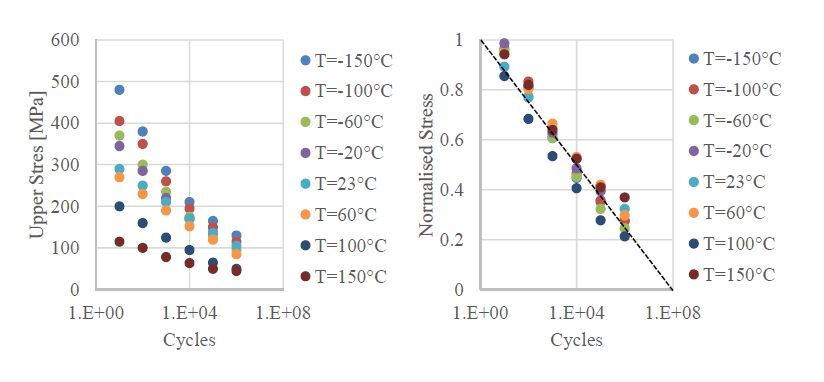
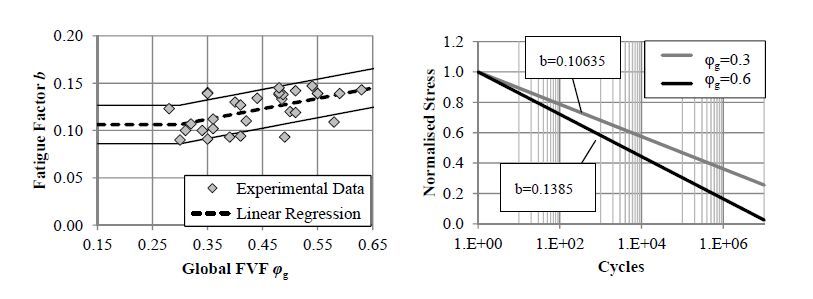
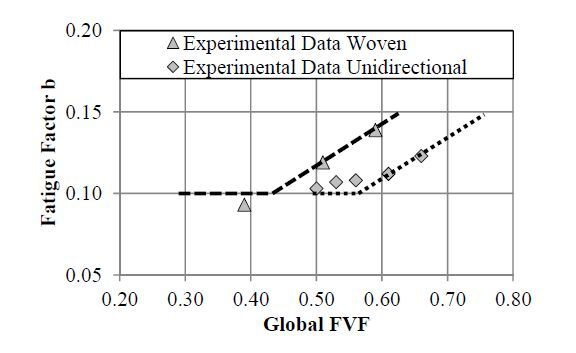
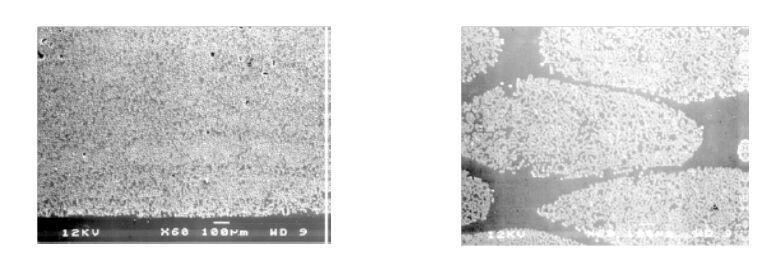
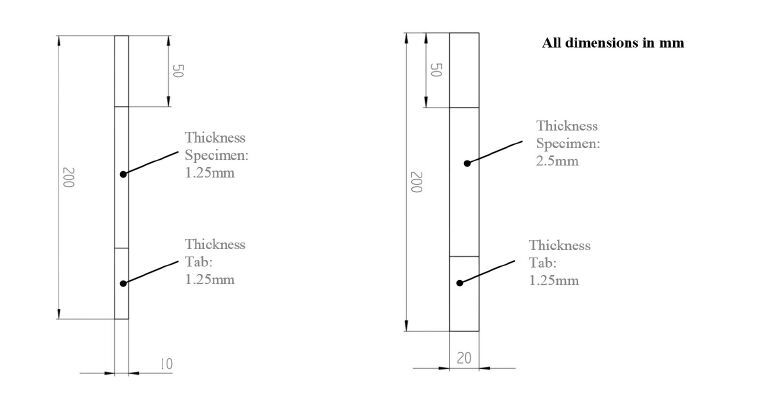
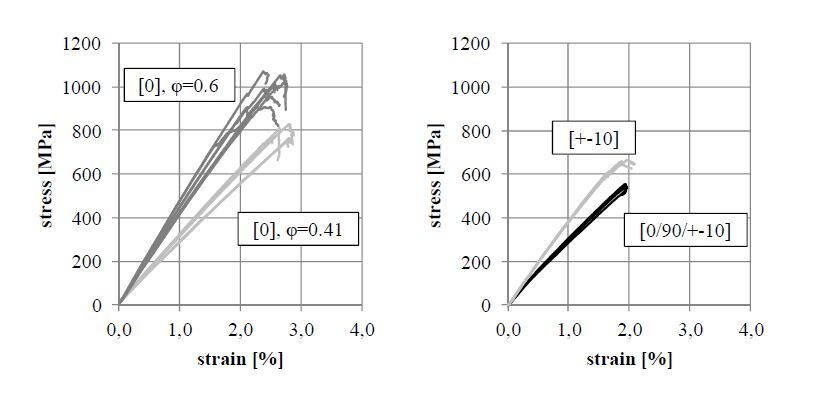

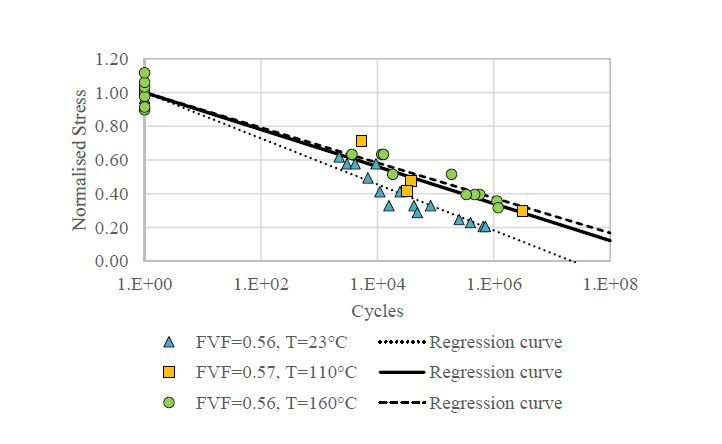

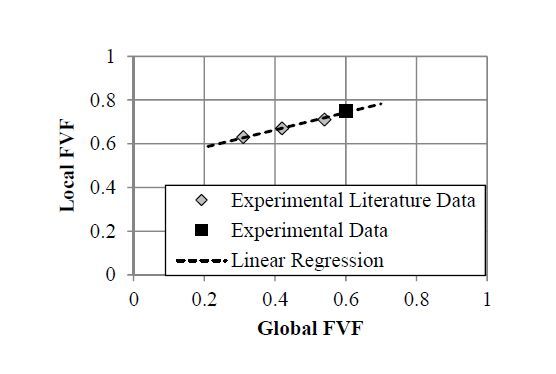


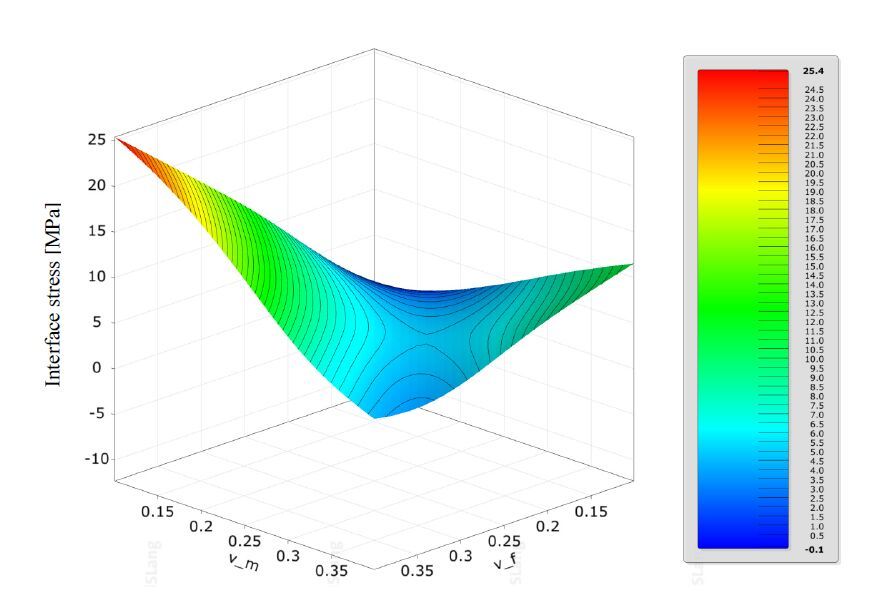
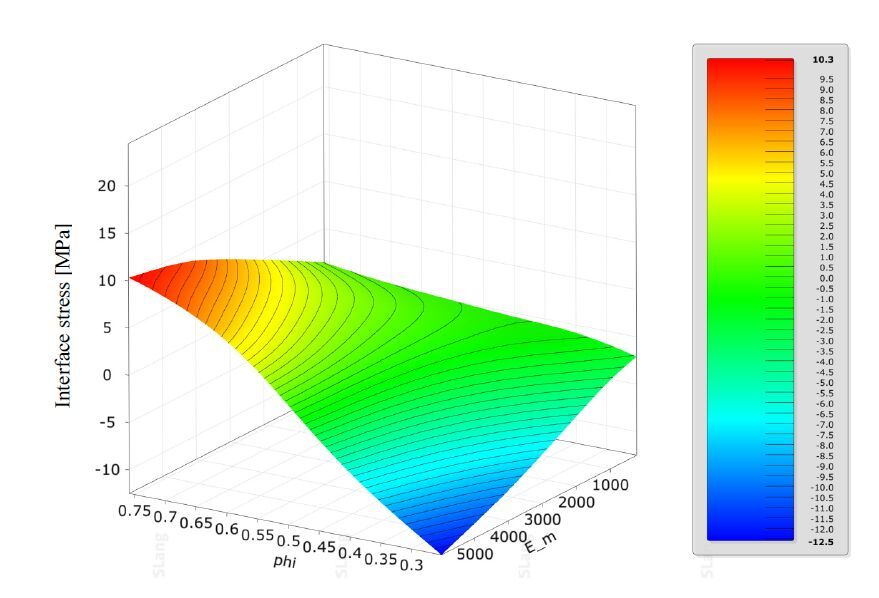
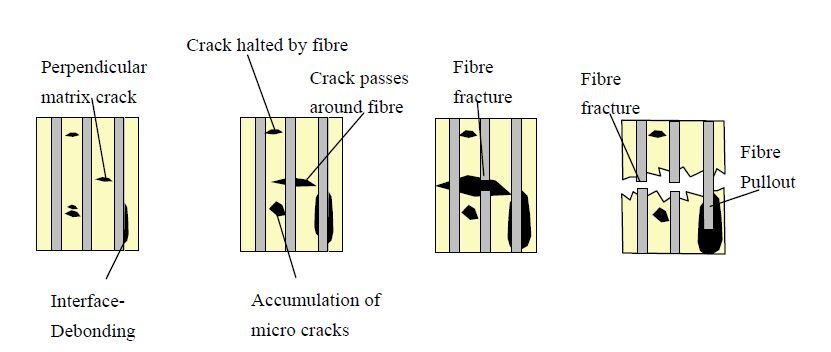
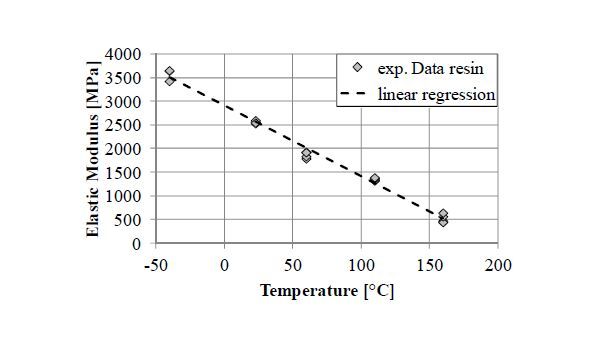
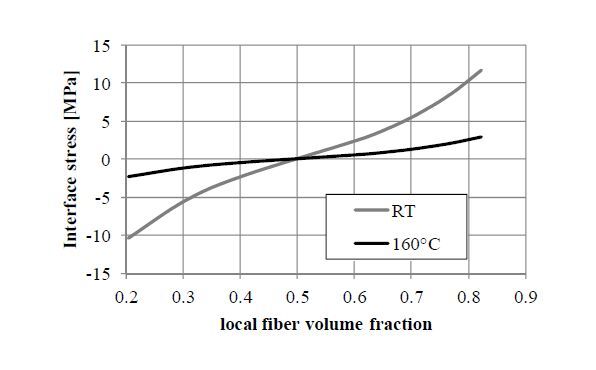

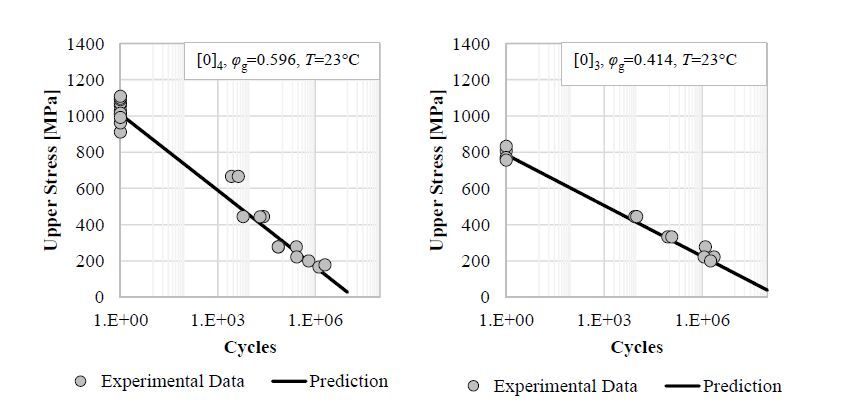
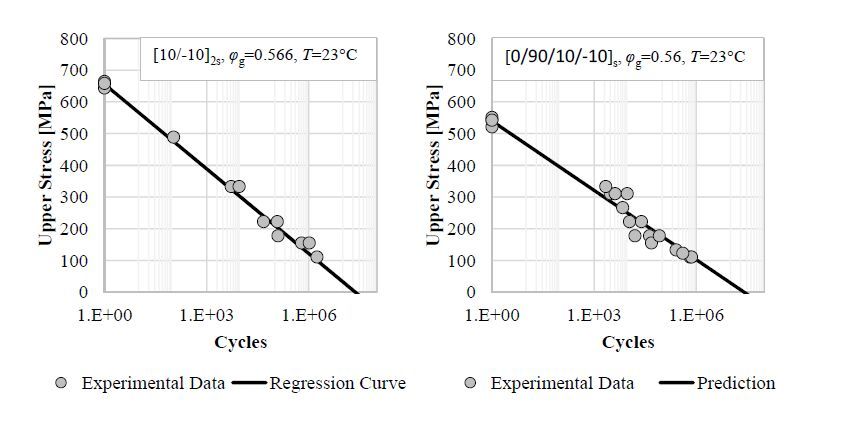

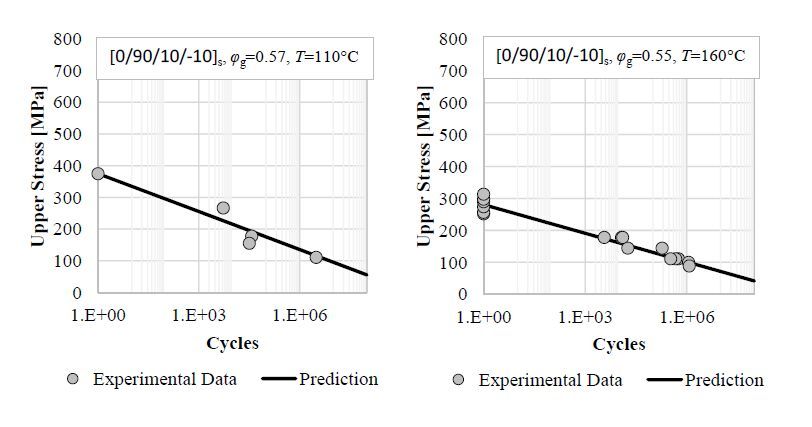
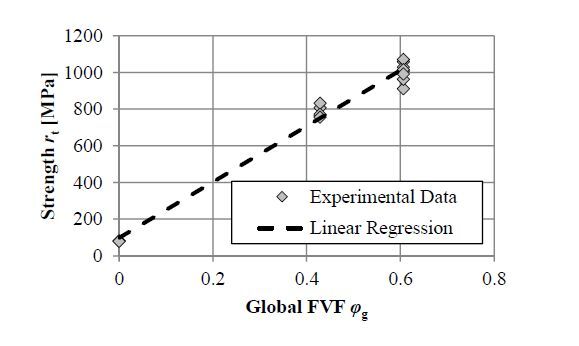
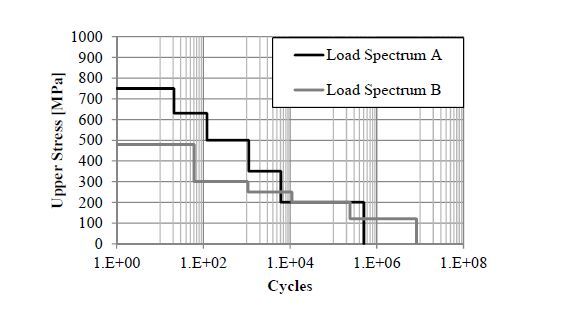
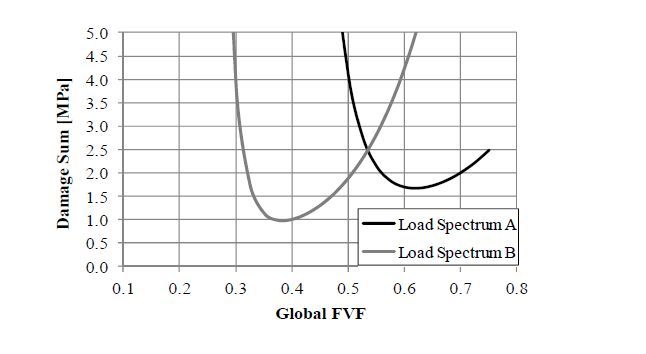


 DownLoad:
DownLoad: